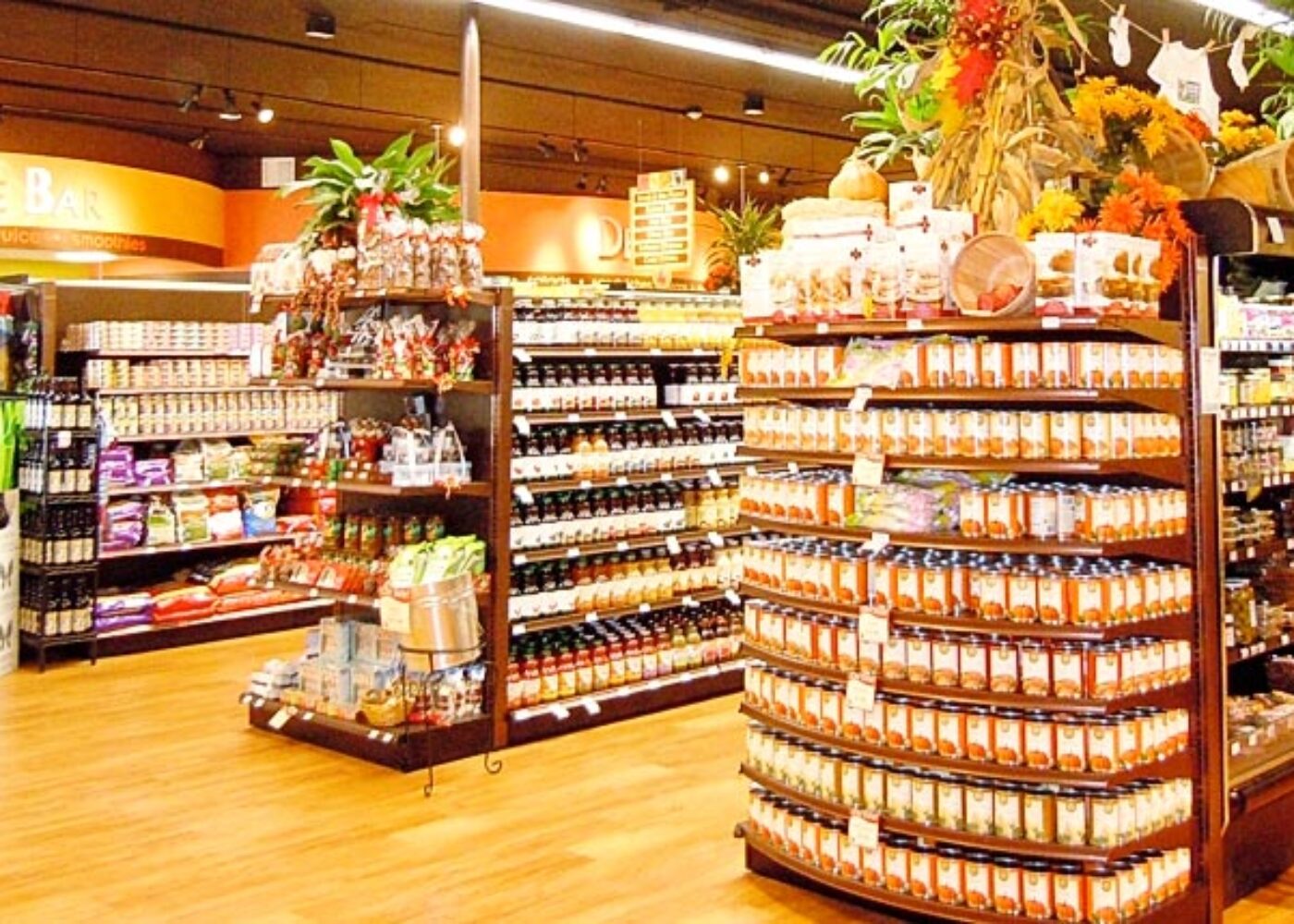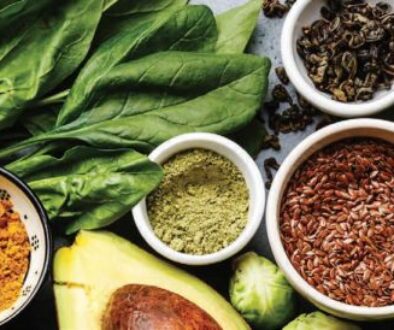Nature’s Food Patch: Setting the Bar for GMO Transparency

Guest article by Arianne Pfoutz, The Organic and Non GMO Report
It’s a store owner’s million-dollar question: How can I attract and maintain a loyal cadre of customers? What can I offer them that will directly add to their quality of life?
Laurie Powers-Shamone has been pondering that for 43 years. That’s how long she’s been working in the natural foods industry, starting in a Florida food coop and now serving for 26 years as Store Director of Nature’s Food Patch in Clearwater—the only large natural grocer in upper Pinellas County.
She’s also earned a reputation in the industry for strong action against GMOs. In 1999 she lobbied Congress as a member of the National Board of Directors of the Natural Products Association. In the early 2000s, Nature’s Food Patch sponsored talks by Craig Winters, founder of the Campaign to Label Genetically Engineered Foods, and GMO expert Jeffrey Smith. “The Patch” provides ongoing GMO and holistic health education for customers through brochures, lectures, movies and social media blasts.
The hunt for GMOs
“Consumer GMO awareness picked up significantly in 2005 when the Non-GMO Project started,” Laurie said. “Still, all we could tell customers was to buy organic or Non-GMO Project Verified items, because we just didn’t know where GMOs were hiding.”
It came to a head in 2012. As GM labeling bills failed to pass, Laurie decided The Patch was going to take on the challenge independently: she hired a full-time GMO researcher to go through every product in the store to determine GMO presence.
“We’d call every manufacturer and ask for detailed information if there were suspicious ingredients,” Laurie said. “We got rid of lots of items. If the item was super popular and couldn’t be replaced, we’d label it as GMO. We don’t allow any new products into the store that contain GMOs.”
The goal is for each item to be either “Patch Verified,” indicating written certification from the manufacturer or producer that the product is GMO free, or Non-GMO Project Verified. Otherwise a “possible GMOs” label is attached. The Patch lets the manufacturer know that if they can’t provide information, they risk losing their spot on the shelves. Many suppliers have taken the challenge seriously and have turned to Non-GMO verification as a result.
Marketing Director Cheryl Rosselle says the biggest challenge is finding the GMOs in the first place. “Many of the ingredients can be hiding. The next challenge is getting the manufacturers to answer you, or even to find a contact. Often the person who answered the phone would know little about GMOs.” Second generation GMOs, such as GM feed, are also challenging.
Building community through trust
The result? The Patch has become known as “one of the most ethical stores around.” It was chosen recently as one of the Top 12 Right to Know Grocers (Diligent Dozen) by the Organic Consumers Association. And it has seen two major expansions: from a 5,000 square foot (sf) farmer’s coop, it grew to 14,000 sf and then in 2010, was expanded to its current 22,000 sf. (A 2,000 sf addition is planned for a learning center/community room.)
Powers-Shamone now knows one secret that other retailers can learn from: labeling GMOs is a smart marketing tool. “Putting up that first label was hard, and it took quite a lot of time for me to make that decision,” she said. “Traditionally in advertising, you don’t talk about bad things, but people simply want to know if GMOs are present.”
The work invested in earning consumer trust has generated a loving, customer-engaged atmosphere at Nature’s Food Patch, Laurie says. “When they know we care about their health and well being, it builds community. Our continuing efforts to educate and provide the best food inspire our staff as well as everyone who comes through the door, or visits us online.”
Laurie’s latest brainstorm is that the responsibility for transparency needs to shift. Of the five levels involved in food production—grower of raw materials, manufacturer, vendor, retailer, and customer—she felt in 2012 that as a retailer she had to do the work due to pressure coming from level five, the customer. “It’s the second level—the manufacturer of products—that should be disclosing GMOs,” she says. “My latest idea is, why can’t the vendor do the work and label all GMO products in their catalog?”
But for now, the investment has paid dividends. “When we got the ‘Top 12 Right To Know Grocer’ award, we heard from folks all over the country, who said, ‘Please come build a store here!’” she recalls. “It was a tremendous reward for all the hard work.”


